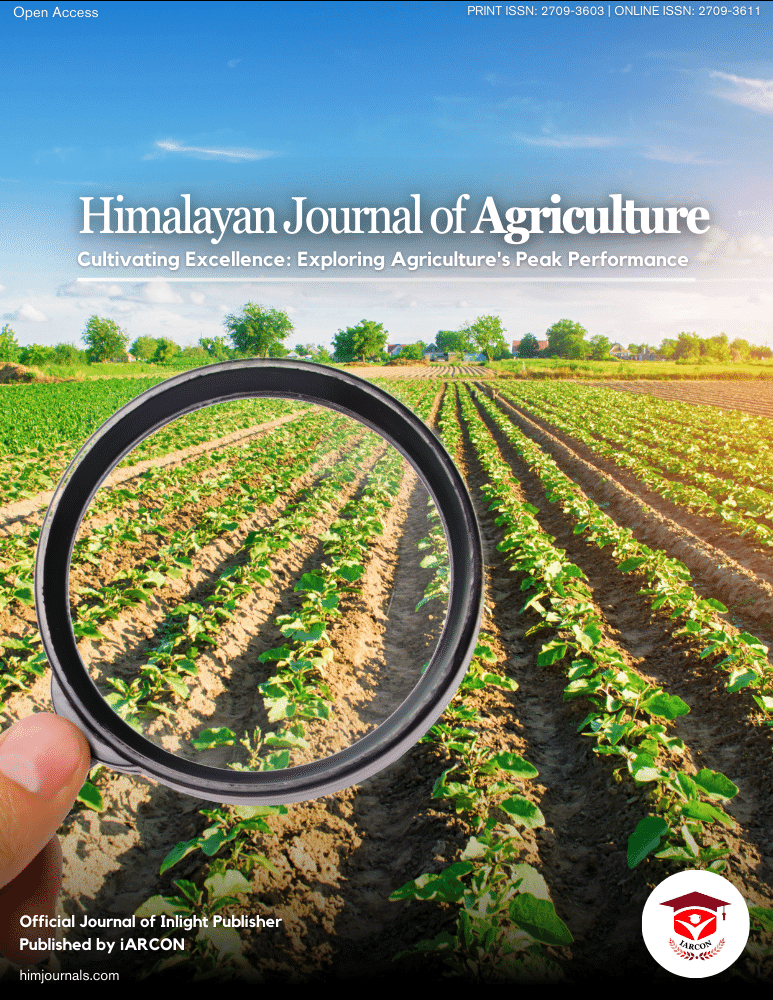Over many years, there are a few early soybean varieties developed and released through intensive breeding and genetics research program in Ethiopia. However, whether these varieties are stable, adaptable to the environments of Western Ethiopia and similar agro-ecologies are not clear. The objective of this study was to identify high yielding and stable early maturity soybean varieties across environment and examines the influence of genotype by environment interaction on grain yield of soybean varieties in western Oromia. Seven early soybean varieties were evaluated at five locations (Bako, Gute, Billo, Chewaka and Uke) for two consecutive years (2016 and 2017). Combined analysis of variance showed that grain yield was significantly (P< 0.01) affected by environments, genotypes and GE interactions; accounting for 51.1, 35.9 and 12.2% variations, respectively. The first two principal components (IPCA1 and IPCA2) were used to create a two-dimensional GGE biplot and explained 84.49 and 9.1% of the total sums of squares of GE interaction, respectively. According to the average environment coordination (AEC) views of the GGE-biplot, soybean variety Nyala was identified as the most stable and high yielding genotype. In addition, Boshe and Coker-204 also showed better stability performance among the high yielding varieties whereas variety Nova was identified as the least stable and low yielding variety. Therefore, among early soybean varieties, Boshe, Nyala and Coker-204 were recommended for further production in most soybean growing areas of western Oromia.

